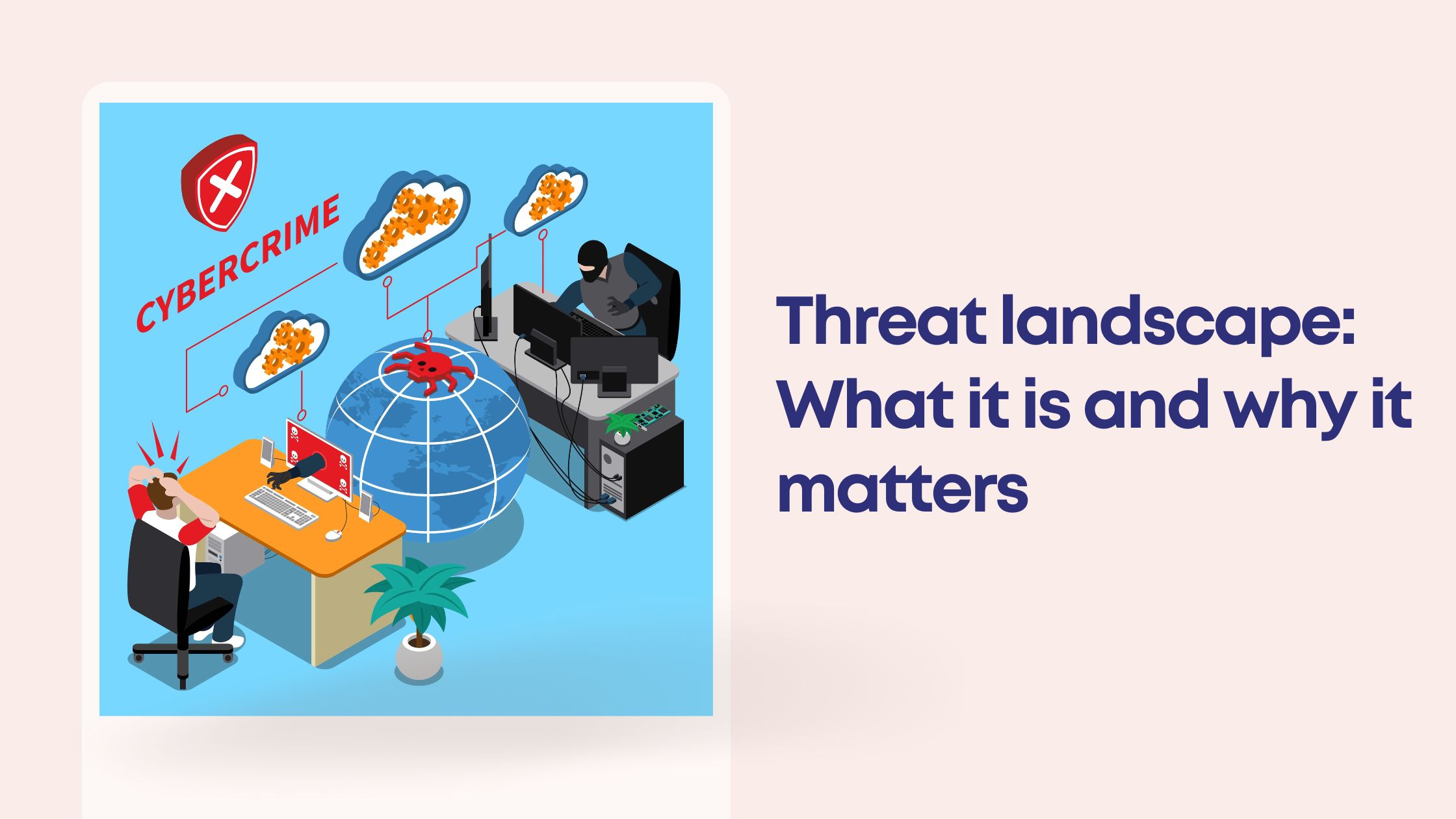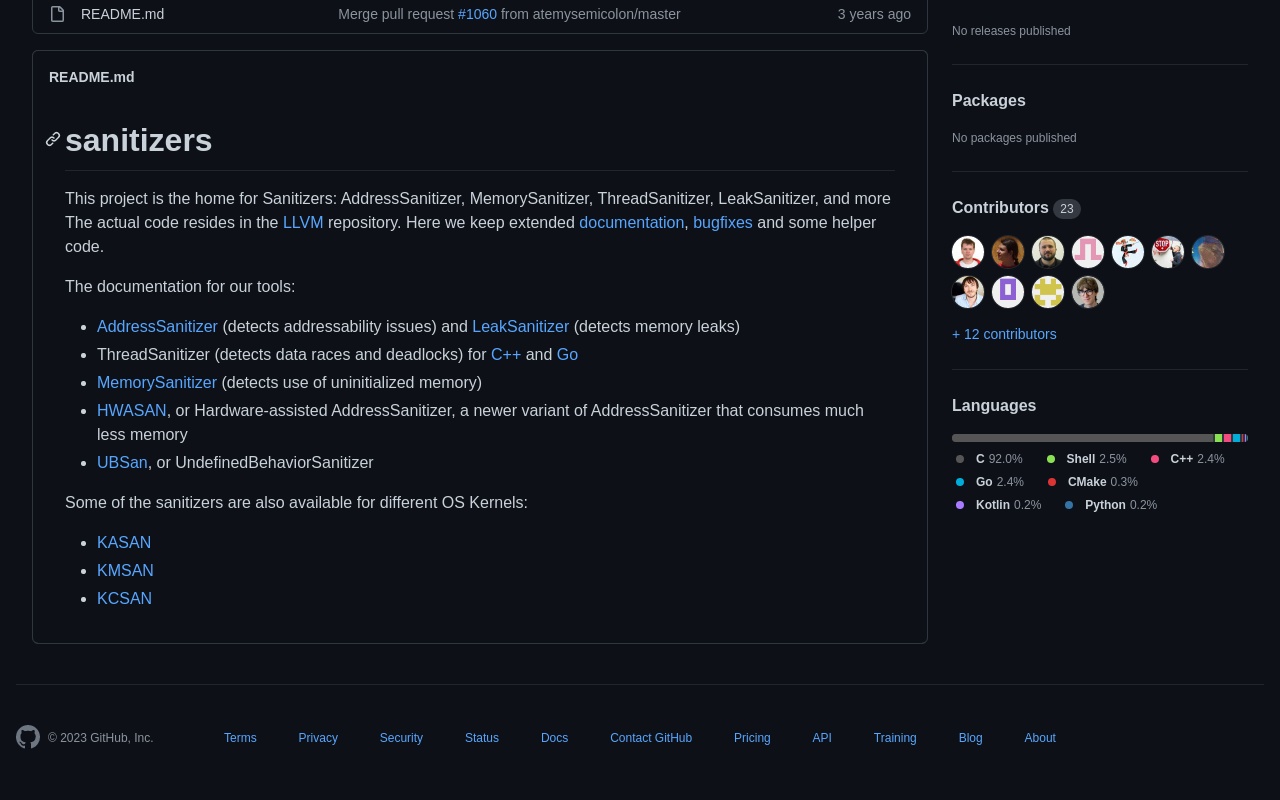The threat landscape is the ever-evolving landscape of cybersecurity threats, vulnerabilities, and attackers. It is constantly changing as new threats are discovered, new vulnerabilities are exploited, and new attackers emerge.
The threat landscape can be a complex and daunting topic, but businesses and individuals need to be aware of the risks to take steps to protect themselves.

Example: In 2021, the Colonial Pipeline ransomware attack caused widespread disruption to fuel supplies across the United States. The attack was carried out by a group of cybercriminals known as DarkSide, who encrypted Colonial’s systems and demanded a ransom payment in exchange for the decryption key. Colonial initially resisted the ransom demand but eventually paid $4.4 million to recover its data.
This attack is a stark reminder of the dangers posed by the threat landscape. Cybercriminals are now capable of targeting and disrupting critical infrastructure, such as pipelines and power grids. Businesses and individuals need to be prepared for the possibility of a cyberattack and have a plan in place to respond if one does occur.
Why does the threat landscape matter?
The threat landscape matters because cyberattacks can have devastating consequences for businesses and individuals. Cyberattacks can lead to:
- Data breaches: Cybercriminals can steal sensitive data, such as customer information, financial records, and trade secrets. This data can then be used to commit identity theft, fraud, and other crimes.
- Financial losses: Cyberattacks can disrupt business operations and lead to lost revenue. They can also result in significant costs associated with remediation and recovery.
- Reputational damage: A cyberattack can damage a company’s reputation and trust with its customers.
- Physical harm: Cyberattacks can be used to target critical infrastructure, such as power grids and transportation systems. This can lead to physical harm and disruption to essential services.
Example: In 2017, the Equifax data breach exposed the personal information of over 147 million Americans. This breach was one of the largest in history and had a significant impact on Equifax’s reputation. The company’s stock price fell by over 25% in the aftermath of the breach.
How can you protect yourself from the threat landscape?
There are a number of things that businesses and individuals can do to protect themselves from the threat landscape. These include:
- Implementing strong security measures. This includes using strong passwords, enabling two-factor authentication, and keeping software up to date.
- Educating employees about cybersecurity best practices. Employees should be trained on how to identify and avoid phishing attacks, how to create strong passwords and other important cybersecurity practices.
- Using security solutions that are designed to protect against the latest threats. There are a number of security solutions available that can help protect businesses and individuals from a wide range of cyberattacks.
Conclusion:
The threat landscape is a complex and ever-evolving challenge. However, by taking steps to protect themselves, businesses and individuals can reduce their risk of becoming victims of cyberattacks.
By being aware of the latest cybersecurity threats and implementing strong security measures, you can help to keep yourself and your data safe.





Leave a Reply